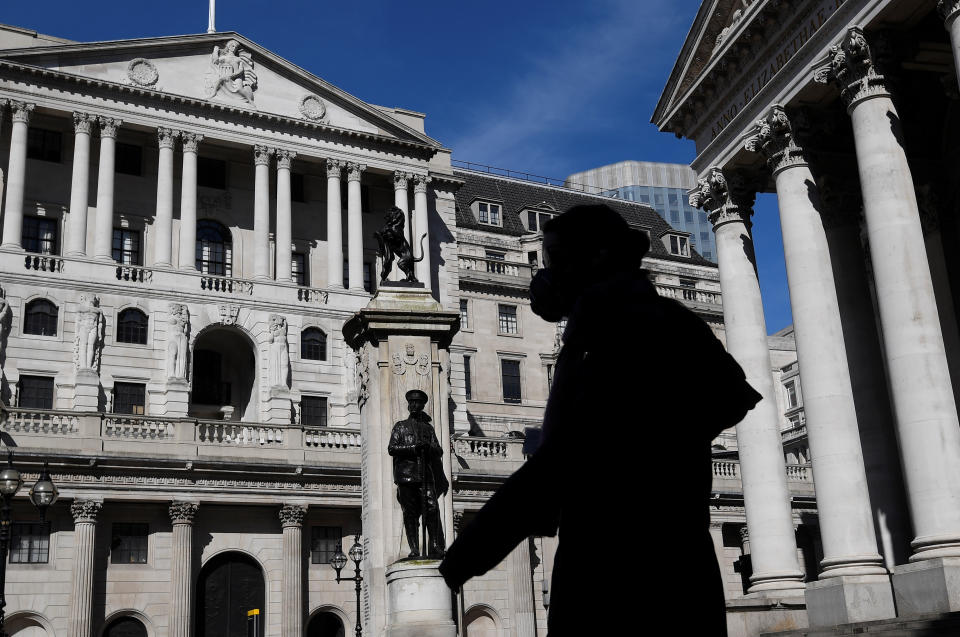Coronavirus: UK inflation surged in July as lockdown measures were eased

Rising fuel prices unexpectedly pushed the UK inflation rate higher to 1% in July, as businesses across the UK continued to emerge from the country’s sweeping coronavirus lockdown.
The year-on-year growth in prices, up from 0.6% in June, came in spite of falling food prices, according to the Office for National Statistics (ONS).
Analysts had forecast that the rate of inflation would remain steady at 0.6% in the month.
“Inflation has risen, in part, due to the largest monthly pump price increase in nearly a decade, as international oil prices rose from their lows earlier this year,” said Jonathon Athow of the ONS.
Petrol prices rose by 4.9p to 111.4p per litre, and diesel prices rose by 4p to 116.7p per litre, the largest increases since January 2011.
Resilience in clothing and footwear prices, which normally fall sharply between June and July ahead of the launch of autumn product ranges, also contributed to the increase.
So too did a rise in the price of haircuts, in part driven by costs associated with personal protective equipment (PPE), and in alcohol, as well as in private dental and physiotherapy services.
Food prices, meanwhile, fell by 0.3%, thanks to a decline in the cost of fruit, vegetables, fish, meat, milk, cheese, and eggs.
“Lockdown and the current pandemic has trampled over the usual seasons that clothing shops operate under, affecting prices,” said Laura Suter, an analyst at investment platform AJ Bell.
READ MORE: What is a recession?
“The rise in inflation is another blow for savers who have been hit with successive cuts to interest rates since the start of the year. The only saving grace was that inflation was lower, meaning that getting a real return on their money was at least possible with the top-paying accounts.”
The climb in inflation also cofounds the expectations of the Bank of England. The bank’s most most recent forecast suggested that inflation would fall in the coming months — to around 0.25% by the end of the year — due to “the direct and indirect effects of COVID-19.”
Some analysts have suggested that the unprecedented stimulus measures launched in the UK may eventually lead to runaway inflation.
Since the onset of the coronavirus crisis, the Bank of England has expanded asset purchases and twice cut its benchmark interest rate to 0.1% from its previous level of 0.75%.
READ MORE: Businesses call for local lockdown support to avoid job losses
Virtually in lockstep, the government has similarly introduced a raft of programmes designed to buttress the UK economy.
But the country experienced a decade of low inflation following the 2008 financial crisis even after the bank slashed interest rates and launched a sweeping asset-purchasing programme.
Price stability is one of the core mandates of the bank, which has a 2% inflation target.
The bank’s Monetary Policy Committee stressed last month that it would not consider increasing interest rates unless there were clear signs that “significant progress” was being made in sustainably achieving its inflation target.
Despite its low near-term expectations, the bank said it believes inflation will rise towards its 2% target within two years.

 Yahoo Finance
Yahoo Finance 
